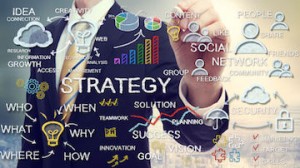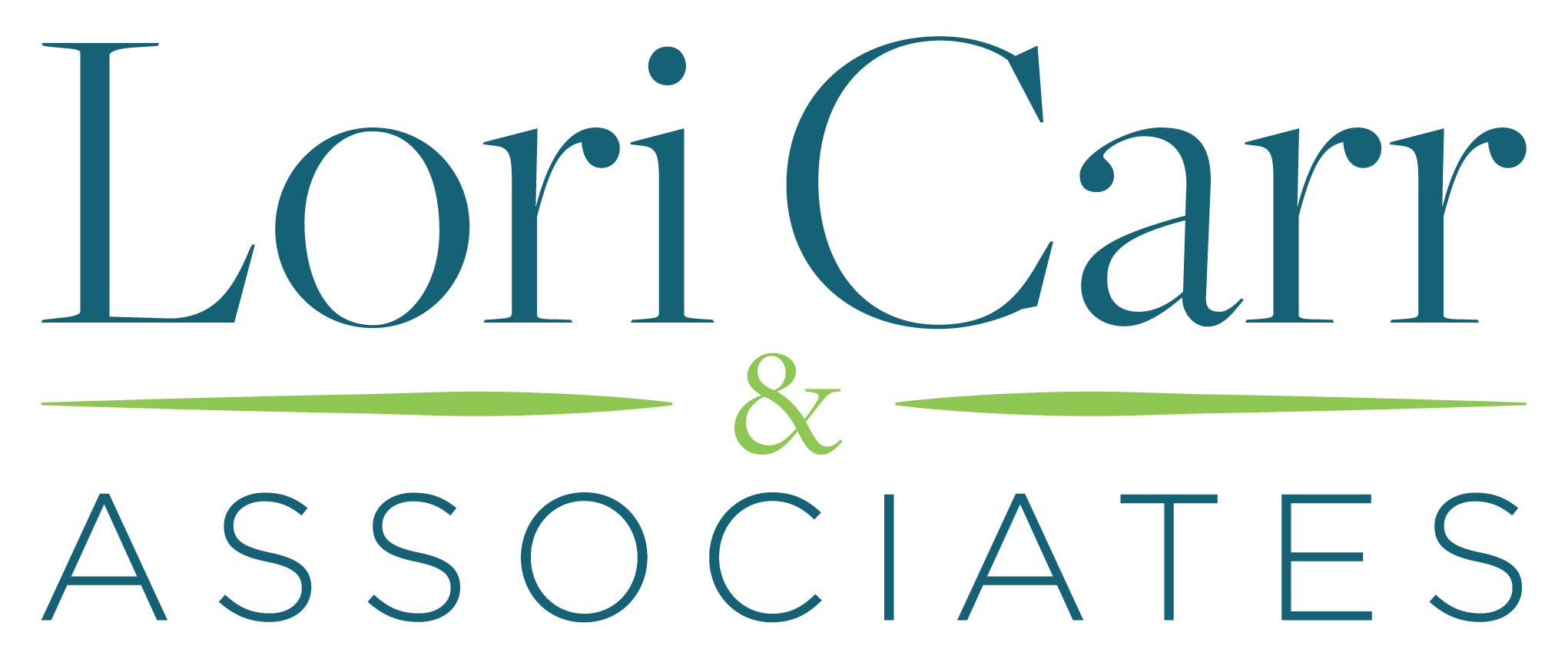- Want to learn more?
- [email protected]
Mission + Vision + Annual Planning = Successful Future State

Getting [Employees] Engaged: Secrets to Happily Ever After
December 11, 2014
Get Your CX Strategy Airborne With Customer Journey Mapping
February 23, 2015Mission + Vision + Annual Planning = Successful Future State

One of the best aspects of my work is helping clients to create and execute customer strategy, and then seeing the excitement of the vision and strategy itself galvanize employees to accomplish outcomes beyond what they thought possible—with the satisfaction of knowing that they were an important part of that success.
Something very powerful happens when goals are written out: taking that step places the future in a very positive light, and it sets the stage for “possibility thinking” about an optimistic future that the individual, team, company, or industry aspires to achieve. At the company level, this achievement depends on the ability to create, articulate, and commit to three fundamentals: a customer-centric Mission, which is the reason why a company exists; a customer-company value-driven Vision, which is the bright, bold future state that draws in employees and customers alike; and finally, the strategic and annual planning that serves to support the Mission and fulfill the Vision, which will ultimately define the company as a brand leader.
This is very exciting work, and it’s a crucial process for the Customer Officer, who needs to lead the entire enterprise and influence peers and employees—with CEO support—along this journey toward the ideal future state. The process also helps to define who, what, why, and how to protect, grow, and set the company apart from the competition in the eyes of the company’s most valuable asset: current Customers.
I’ve attended a number of strategy and leadership workshops, and a few of them stand out as absolutely exceptional. Twenty years ago, at the Pacific Institute, I participated in a week-long educational program called Investment In Excellence with a visionary master, Lou Tice*—and all of these years later, I still live by the relevance of three key concepts that I learned from him about strategy and Vision creation.
 The first concept of future-state creation is about stretching and extending our thinking to create a compelling Vision with the understanding that “you set the goal and then you see, you do not see first.” That was quite a revelation to me at the time—knowing that even if you can’t see how to achieve the Vision while you’re creating it, that doesn’t mean you shouldn’t stretch and set a very aspirational Vision anyway, and expect to achieve it in the future without knowing how to “right now.”
The first concept of future-state creation is about stretching and extending our thinking to create a compelling Vision with the understanding that “you set the goal and then you see, you do not see first.” That was quite a revelation to me at the time—knowing that even if you can’t see how to achieve the Vision while you’re creating it, that doesn’t mean you shouldn’t stretch and set a very aspirational Vision anyway, and expect to achieve it in the future without knowing how to “right now.”
The second concept, flowing from the first, is the necessity to create the future Vision of “what” you will achieve separately from the more tactical decisions about “how” you will achieve it. These thought processes must be separate—but why? The reasons include the way our brain works when thinking simultaneously about two different ideas. Trying to define the specifics of how to accomplish a Vision at the same time we’re trying to create what that Vision is causes us to get mentally stuck. Most likely, the envisioned future state is quite different from the current state, and most likely, our brains don’t have the answers about how to get it done—not yet, anyway. It seems too hard to figure out how we’ll get there, so we start to back our vision down, bringing it closer and closer to our current reality. (Leaders often experience this in situations of trying to do everything at once.) The secret to working correctly with future-state belief systems is understanding that these two creative processes must be separate to be successful—and this is explained by the third concept.
The third concept is a fact of neuroscience that underlies the second. It’s called the Reticular Activating System (RAS), and its processes are a crucial prerequisite to accomplishment and peak performance. Through the function of the RAS, the brain filters the vast amounts of data that we’re exposed to each day and finds the right information to support our goals—“right information” being that which is important to us and which we use to accomplish what we desire. With goals identified, our mind kicks into action, promoting awareness and creativity and filtering information to help us achieve them; the excitement and energy that are created pull us toward the new Vision and instigate a sense of dissatisfaction with current reality.
Let me share a simple example. In 2003, I needed a new car because my son was getting his driver’s license and we wanted him to drive my old Nissan Maxima. For weeks, I looked but couldn’t find anything exciting until I test-drove a Volvo XC-90—I decided I wanted that car, and suddenly I saw black Volvos everywhere, lots of XC-90s on the road, and Volvo dealerships galore. I hadn’t noticed a Volvo in years, but now, though new to the market, I not only noticed them but also knew all about them and where to get one. That’s a simple explanation of how the RAS works: it supports our goals once we set them—it’s why I could find a black Volvo XC-90 so quickly.
Fast-forward five years, and I’m working with a medium-sized (1,500-employee) technology company to create a future-state Vision for customer experience. A remarkable group of a half-dozen company leaders worked together off-site for several days, creating what they wanted the future to be: already a leading brand, they sought to develop a transformative future Vision that would seal their place as the industry leader in their space for years to come.
Although we first needed to define what that future would look like and why it was important to them, they sometimes diverted off into how to get it done. They couldn’t help but try to figure out how to achieve the Vision simultaneously with creating it because they were not yet comfortable with that non-black-and-white feeling, that gray area of not knowing. But as they backed their Vision up closer to their current reality, it became less promising, less satisfying, less of what they wanted—so they abandoned the immediate need to know “how,” and we quickly got back to the “what.”
 In the following weeks, something amazing happened within this group. They got so excited about their Vision that they came up with a dozen ideas for where to start making changes, became dissatisfied with the current state of what was going on around them, and immediately started raising their own standards and those of their respective teams. They enthusiastically communicated what they wanted to achieve with customers and why, and their excitement became contagious throughout the company—even before we got the formal strategy of “how” in place!
In the following weeks, something amazing happened within this group. They got so excited about their Vision that they came up with a dozen ideas for where to start making changes, became dissatisfied with the current state of what was going on around them, and immediately started raising their own standards and those of their respective teams. They enthusiastically communicated what they wanted to achieve with customers and why, and their excitement became contagious throughout the company—even before we got the formal strategy of “how” in place!
The point of the story is that once you create a bold, exciting Vision that resonates fully with the leaders who create it and empower employees to act on it, those leaders and employees alike can’t help but galvanize and gravitate to the strategy that eventually makes the Vision a reality. Over the course of 12—24 months, that group of leaders created a company-wide transformation and achieved significant progress toward their Vision. This is an example of the purest way to approach a strategy and Vision with employees—and it’s the Customer Officer’s top priority to lead customer experience Vision and strategy, with peers who are equally committed to the task and with a CEO who will accept nothing less.
* A note about Lou Tice: Lou Tice (1935–2012) founded the Seattle-based Pacific Institute and was a self-help mentor to several generations of local coaches and athletes, including Jim Lambright, Pete Carroll, and Steve Sarkisian. At the institute, Lou built solutions based on principles of cognitive and social science that draw from multiple research disciplines, including psychology, anthropology, sociology, linguistics, neuroscience, and biology. His methods are guided by an understanding that individuals can adapt to change if they see value in it and are directly involved in its creation. He was a gold mine resource for businesses and individuals alike.
Throughout my career, I’ve seen the discipline of customer experience emerge, expand, evolve, and now begin to prove its tremendous value—and that value, along with a clear supporting strategy, should not be underestimated. The ability to champion customer experience excellence company-wide is, quite simply, the lynchpin to retaining, expanding, and acquiring new revenue. The creation of a customer experience strategy—and its unwavering, flawless execution—is vital to achieving a sustainable edge over competitors.
Stay tuned over the coming weeks as I delve more deeply into these key elements. This eight-article series will give you valuable insights and guidance as you plan, develop, and implement your own customer experience strategy.
Ready to move forward more quickly? Interested in personal assistance? Let’s chat. Please sign up for my complimentary 30-minute Customer Insight Strategy Session by calling our office at 617.848.4589 or emailing [email protected].
Lori Carr is a customer experience pioneer and expert. Working with Fortune 500 companies for the past 25 years, she helps popular brands and emerging brands to dramatically increase retention, loyalty, and profitable revenues.



